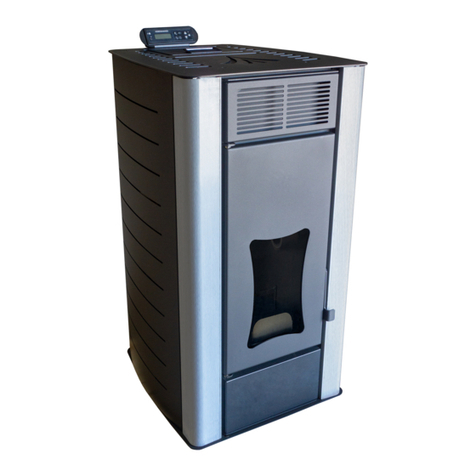Nemaxx P6 User manual




















This manual suits for next models
2
Table of contents
Other Nemaxx Stove manuals
Popular Stove manuals by other brands
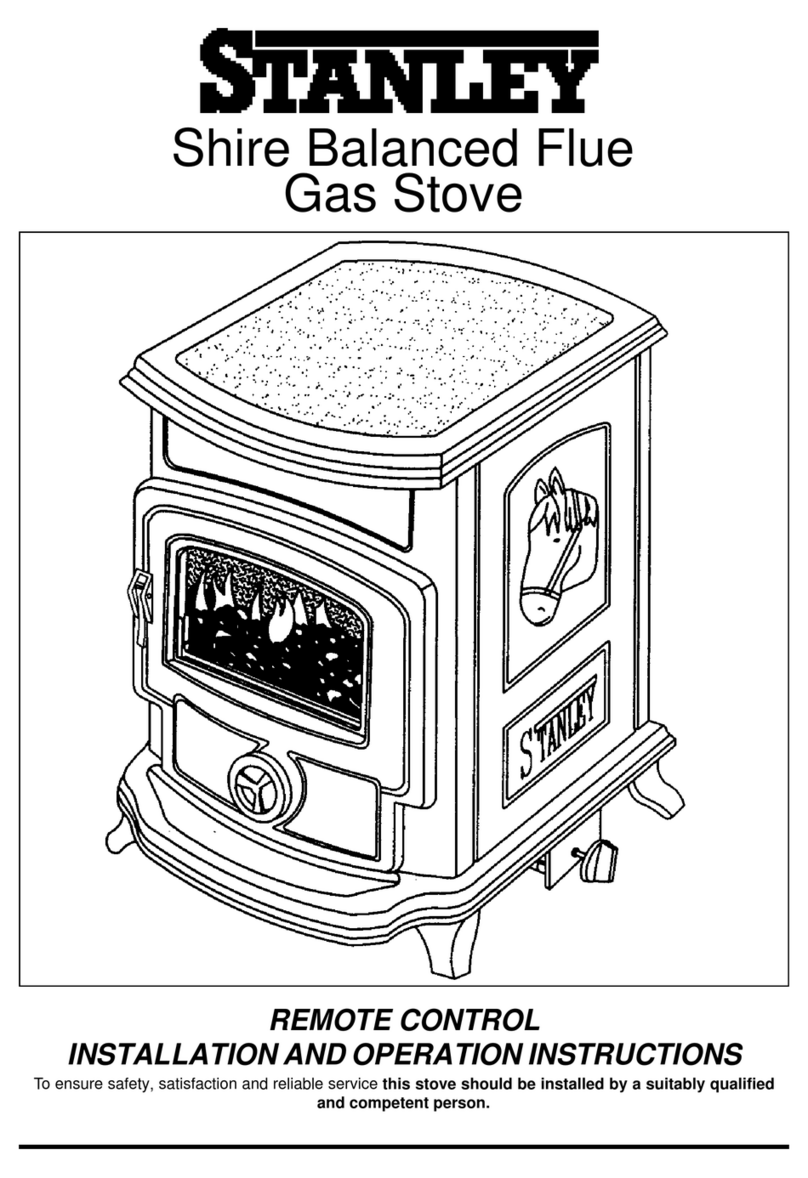
Stanley
Stanley 0063AU5289 Assembly, installation and operation instructions

Charnwood
Charnwood Cove 2sr Operating & installation instructions

Duraflame
Duraflame DFS-550-20 operating instructions

Ashley
Ashley AW2020E manual
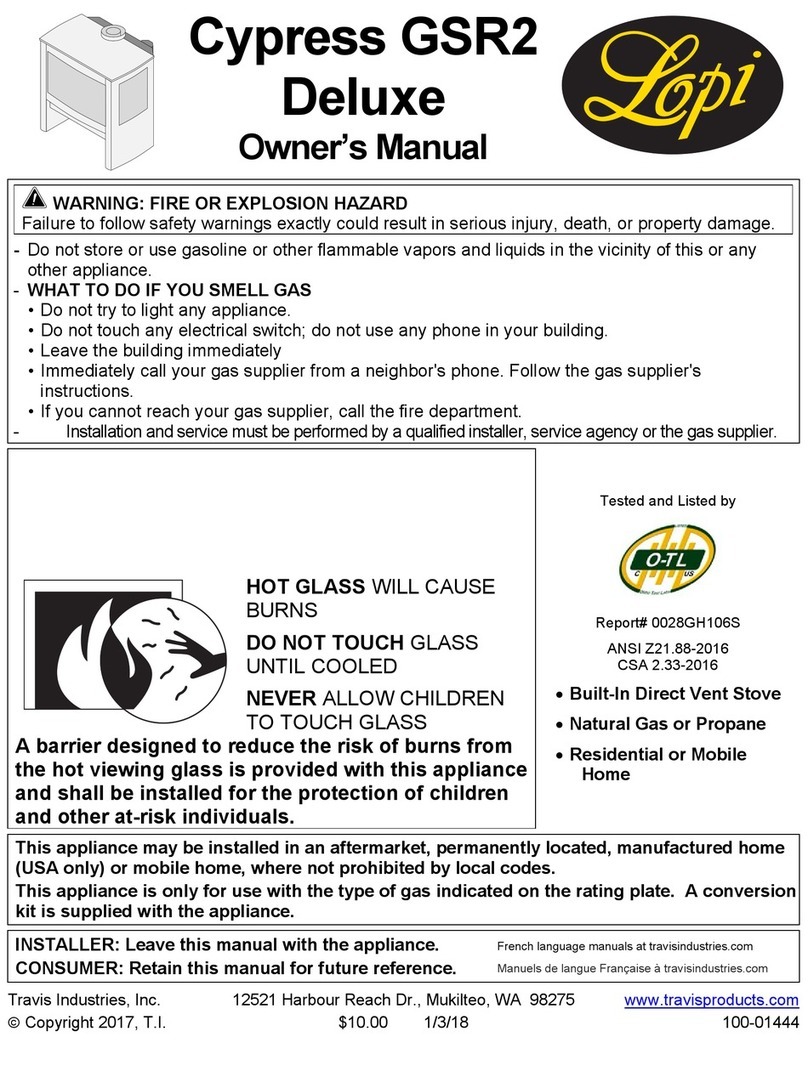
Lopi
Lopi Cypress GSR2 Deluxe owner's manual

Charnwood
Charnwood country Operating & installation instructions

Ravelli
Ravelli Sphere V Deco Use and maintenance manual

BuckMaster
BuckMaster 261 Preparations, installation, operation, maintenance, safety

Piazzetta
Piazzetta P944 installation instructions

Bosca
Bosca SOUL 700 owner's manual
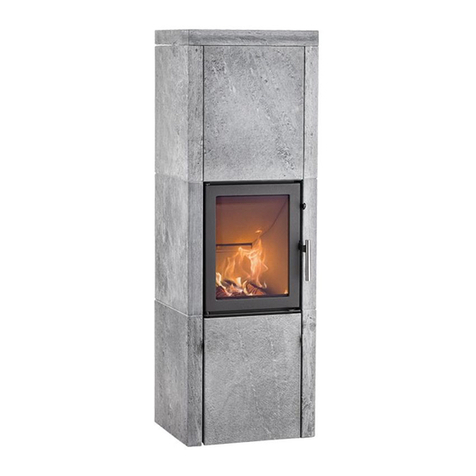
Heta
Heta SCAN-LINE 40 Operating and installation instructions
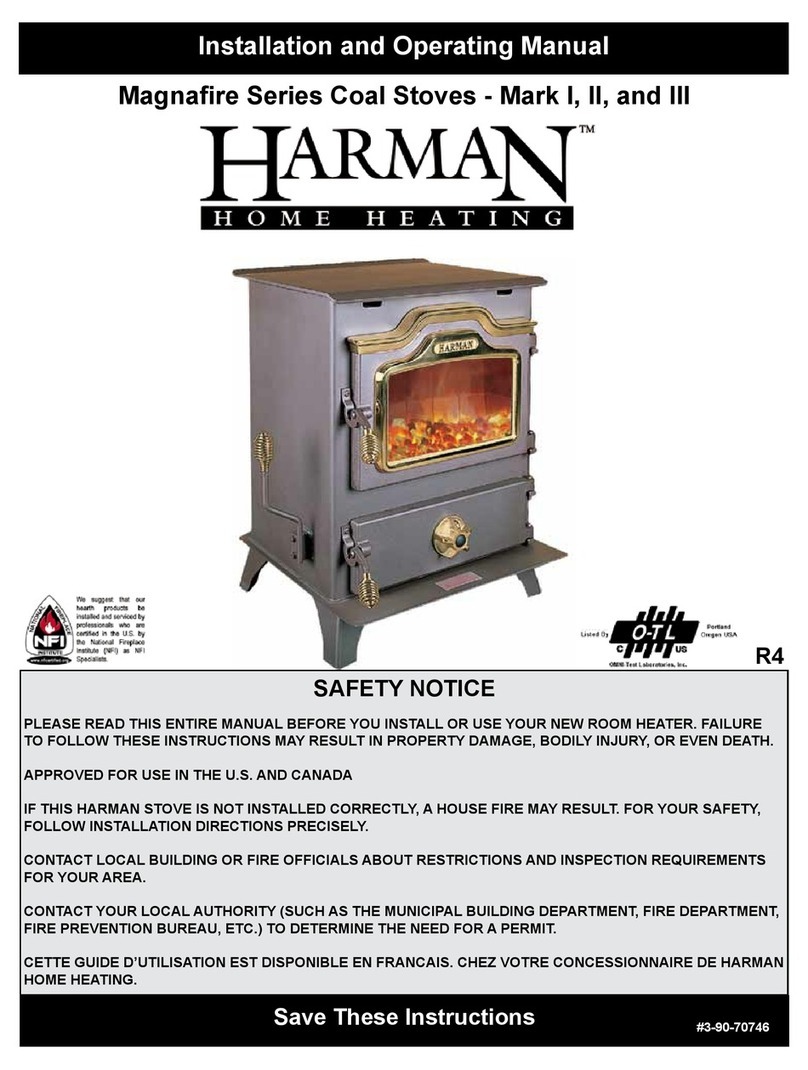
Harman Home Heating
Harman Home Heating MARK III Installation and operating manual

Flavel
Flavel Rochester 5kW Installation and operating instructions

EdilKamin
EdilKamin KLIK Installation, use and maintenance
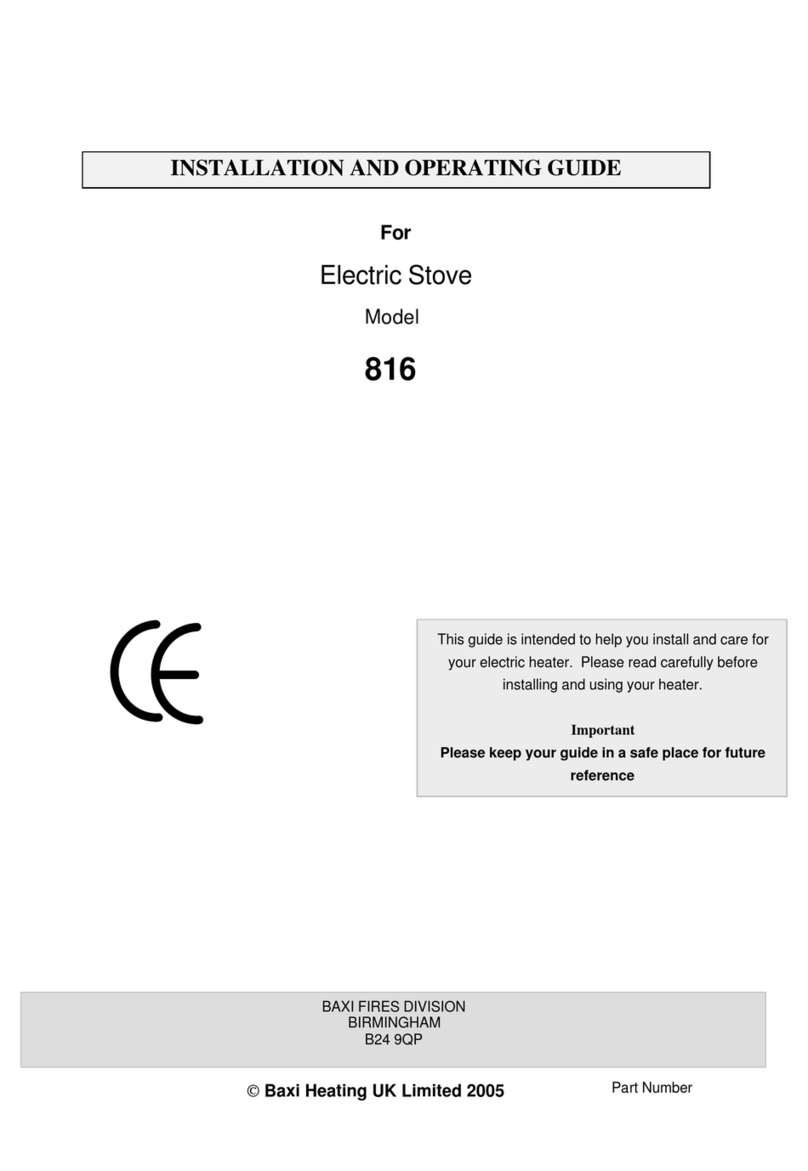
Baxi Fires Division
Baxi Fires Division 816 Installation and operating guide

Jøtul
Jøtul GF 500 DV IPI Installation and operation instructions
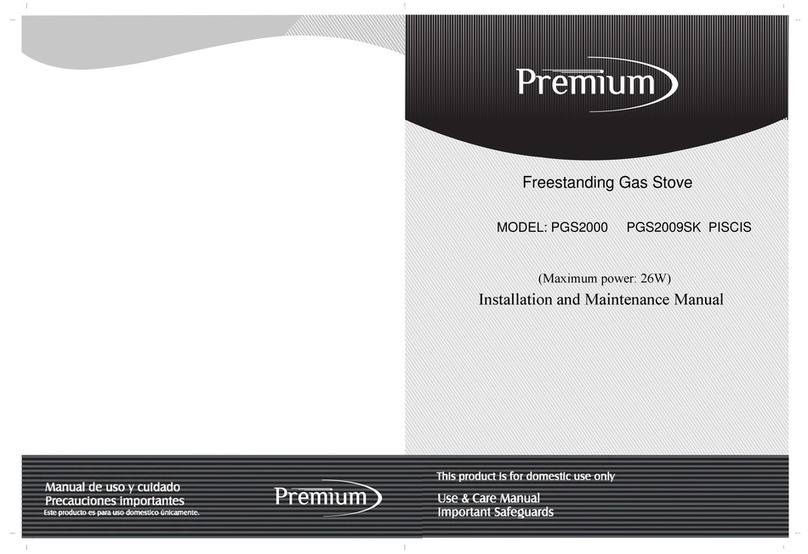
Premium
Premium PGS2000 PISCIS Installation and maintenance manual
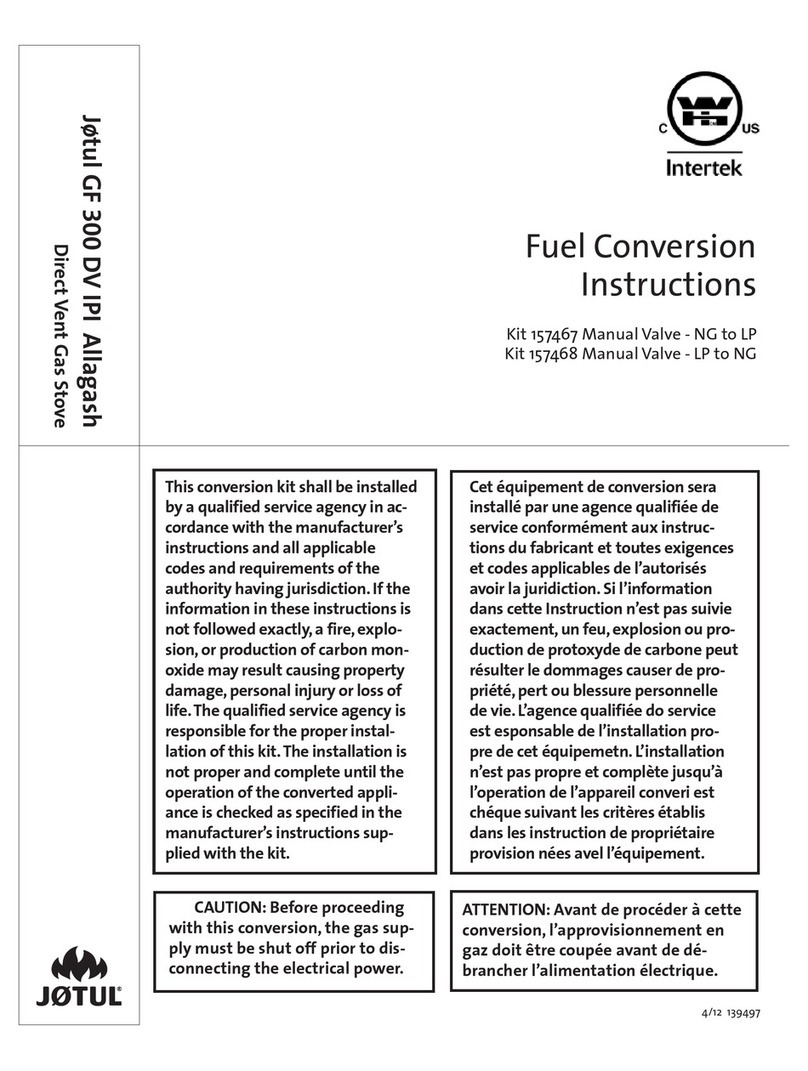
Jøtul
Jøtul Allagash GF 300 DV instructions
